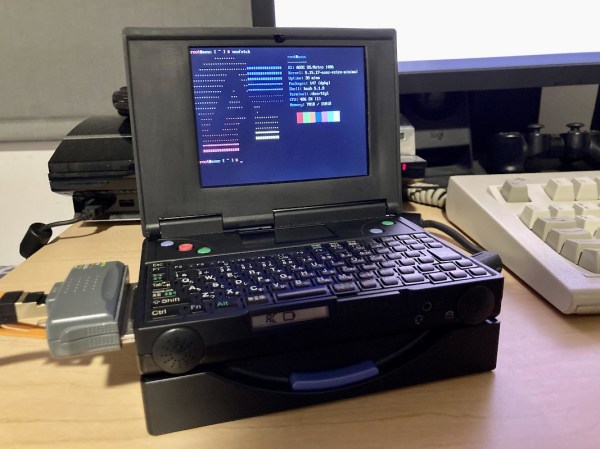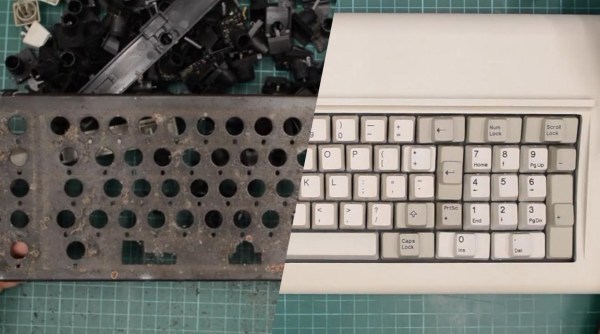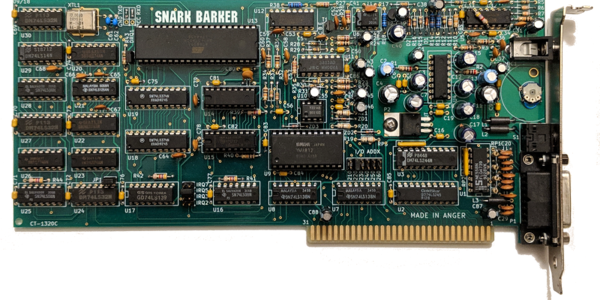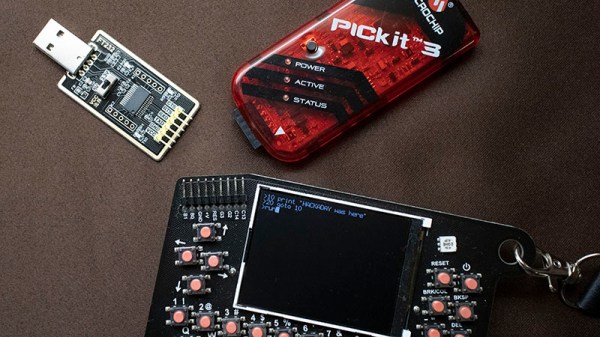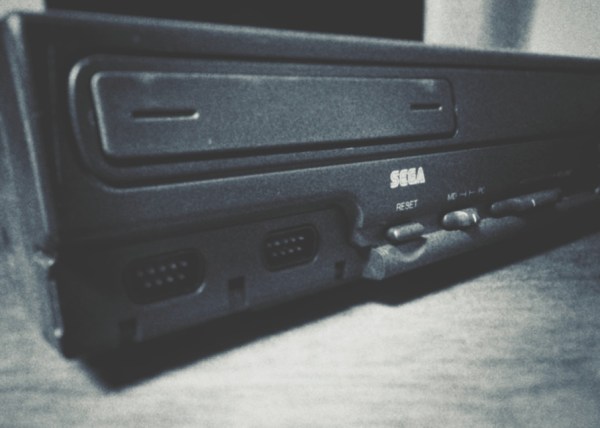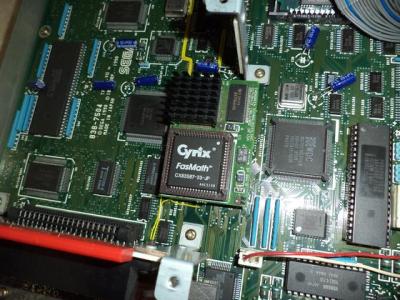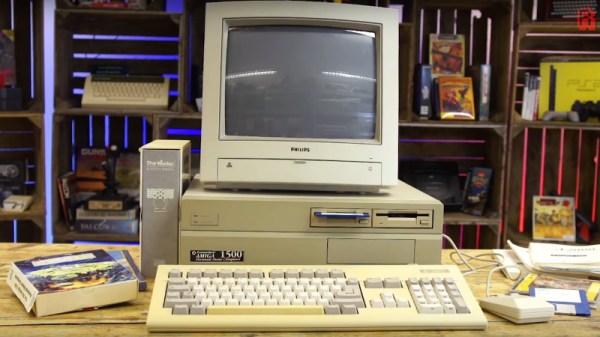The handheld computing market might seem dominated by smartphones today, but before their mass adoption there were other offerings for those who needed some computing power on-the-go. If a 90s laptop was too bulky, there was always the IBM PalmTop which packed punch for its size-to-weight ratio, and for the era it was created in. [Mingcong Bai] still has one of these antiques and decided to see if it was still usable by loading a customized Linux distribution on it.
The PalmTop sported modest hardware even for its time with an Intel 486SL running at 33 MHz with 20 MiB of RAM. This one also makes use of a 1 GB CompactFlash card for storage and while [Mingcong Bai] notes that it is possible to run Windows 95 on it, it’s not a particularly great user experience. A Linux distribution customized for antique hardware, AOSC/Retro, helps solve some of these usability issues. With this it’s possible to boot into a command line and even do some limited text-based web browsing as long as the Ethernet adapter is included.
While the computer is running at its maximum capacity just to boot and perform basic system functions, it’s admirable that an antique computer such as this still works, especially given its small size and limited hardware functionality. If you’re curious about more PalmTop-style computers, take a look at the first one ever produced: the HP-200LX.
Continue reading “IBM PalmTop Running Modern (Modified) Linux”

